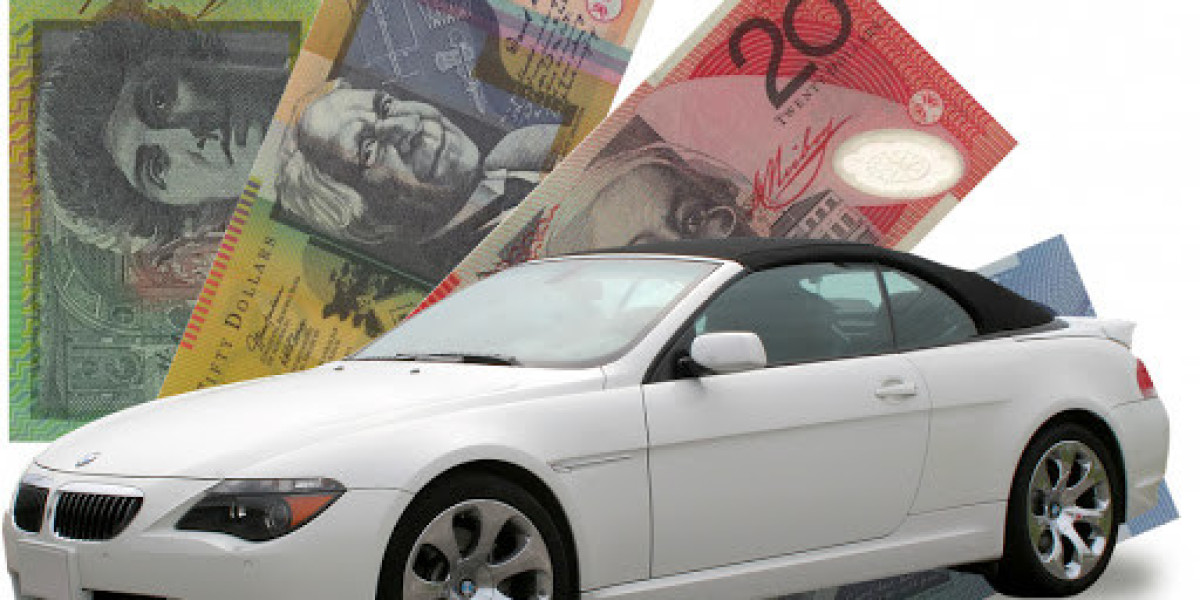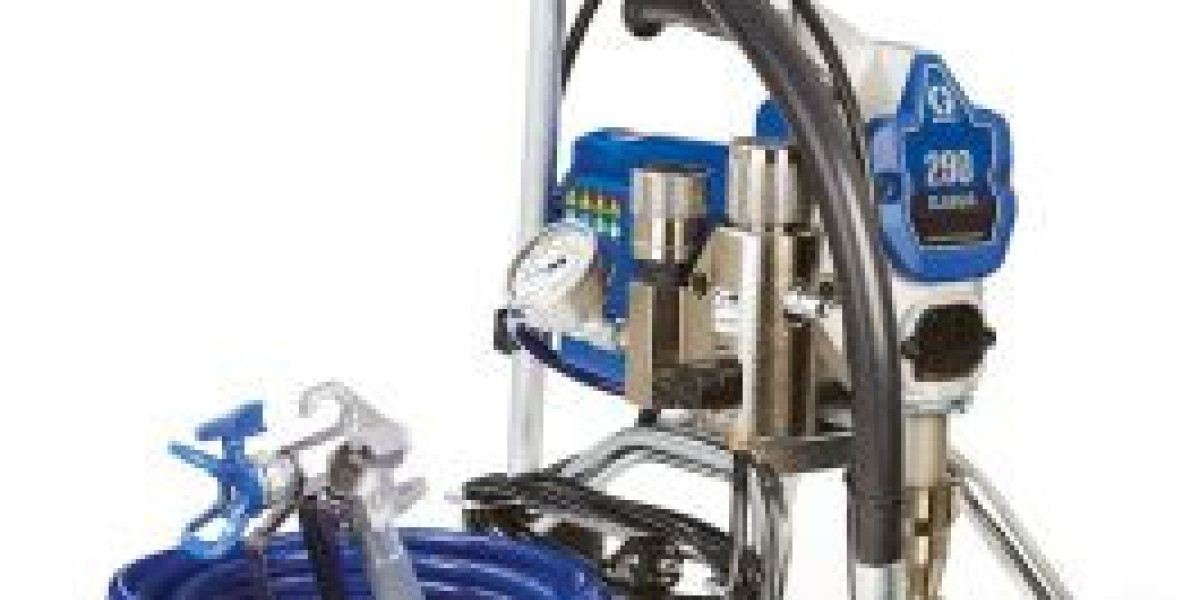Many people part with their old cars without giving much thought to what happens next. Whether a vehicle is no longer safe, no longer running, or simply unwanted, it often ends up in the hands of a wrecker or recycler. But once the vehicle is collected, where does it go? What happens under the surface of this process?
The story does not end at the driveway. It begins there. What follows is a detailed journey through the steps that scrap yards follow once they receive a vehicle—and why this process matters.https://www.cash4carstownsville.com.au/
Step One: Inspection and Identification
After a car arrives at a scrap yard, it goes through an initial inspection. Workers check the vehicle’s make, model, year, and condition. This is not just for paperwork. It helps identify what can be removed, reused, or sold.
Some cars still hold parts that are in good condition, even if they no longer run. Others may be damaged beyond repair, but still carry useful materials. This first step is about sorting the vehicle properly so that nothing is missed.
Step Two: Safe Fluid Removal
Cars contain several fluids that are not safe for the environment. These include petrol, engine oil, coolant, transmission fluid, and brake fluid. Before anything else can be done, these liquids must be drained out.
This process is done carefully, often by using suction tools and sealed containers. If handled incorrectly, these fluids can cause soil and water contamination. Scrap yards follow safety guidelines to make sure these substances are managed correctly.
Step Three: Removing Reusable Parts
Once the car is dry, the salvage team begins removing parts that can still serve a purpose. Some of the most commonly recovered items include:
Tyres
Batteries
Headlights and taillights
Bumpers and side mirrors
Alternators and starter motors
Doors and windows
These parts are then cleaned, tested, and stored for sale. Workshops, private car owners, and restoration projects often rely on second-hand parts for repairs. This keeps older vehicles running and reduces the need to manufacture new components.
Step Four: Crushing and Shredding the Shell
After all usable parts have been taken out, the leftover body shell is crushed. This process makes it easier to transport the metal to a facility where it will be shredded. The shredded metal is then sorted using magnets and machines that separate steel, aluminium, copper, and other materials.
According to the Australian Bureau of Statistics, vehicles contribute a large portion of recycled steel across the country. Recycling one tonne of steel saves over a tonne of iron ore and hundreds of kilograms of coal.
By sending the crushed shells to recyclers, scrap yards support industries that rely on recycled materials, such as construction and manufacturing.
Step Five: Material Distribution
Once metals are processed, they are melted and reshaped for use in new products. These include building materials, new car parts, or machinery components. Non-metal materials like plastic or rubber are also sorted for further use or energy recovery.
In this way, the car lives on—not in one piece, but as part of something else. It becomes part of a cycle where waste turns into something useful.
Why This Process Matters
Many people think of scrapping a car as the end. But it is more than that. It is part of a larger system that helps keep resources in motion. Every part that is reused means one less item that needs to be made from scratch. Every kilo of metal that is recycled means fewer raw materials are pulled from the earth.
This process reduces landfill waste, lowers carbon emissions, and supports industries that need raw materials but want to avoid the cost and harm of mining new ones.
Scrapping cars, when done right, supports the environment and the economy at the same time.
The Role of Local Services in the Recycling Chain
In many towns and cities, the recycling process begins with a local collection. People often need a way to remove vehicles from their property, especially when those cars no longer run or are beyond repair.
This is where services like Cash 4 Cars Townsville become important. Their role in Car Body Removal Townsville ensures that old and unwanted vehicles are taken off streets, yards, or driveways in a safe and responsible way. These collected vehicles are then passed on to yards that follow proper dismantling and recycling steps. It creates a chain where even the smallest action—like clearing an unused car—supports a much bigger cycle.
Common Myths About Car Scrapping
There are a few misunderstandings when it comes to selling a car for scrap. Let us clear some of them up.
Myth 1: Scrapped cars are just dumped.
Truth: Most vehicles go through a structured recycling process that helps reduce waste.
Myth 2: Only metal is reused.
Truth: Many parts like tyres, glass, and electronics are also reused or recycled.
Myth 3: It is not worth it to scrap an old car.
Truth: Even non-working vehicles carry materials and parts that hold real worth.
What You Should Know Before Scrapping Your Car
If you are planning to sell your car to a wrecker or recycler, there are a few things you should do:
Remove your personal belongings
Make sure your registration is cancelled
Check if any personal paperwork is still inside the car
Choose a collector or buyer that follows proper recycling practices
Taking these steps ensures the process is safe, legal, and well-handled from start to finish.
Conclusion
Scrapping a car may seem like a final step, but in reality, it is a new beginning. The parts are pulled, reused, or repurposed. The metals are melted and reshaped. Even damaged vehicles support the materials chain that keeps Australia moving.
By understanding what happens after you sell your car for scrap, you can see the bigger picture. Every removed bumper, melted bolt, or recycled panel plays a role in keeping waste low and reuse high.
It all starts with the decision to remove a car the right way—and ends with a process that turns what is old into something new.
















